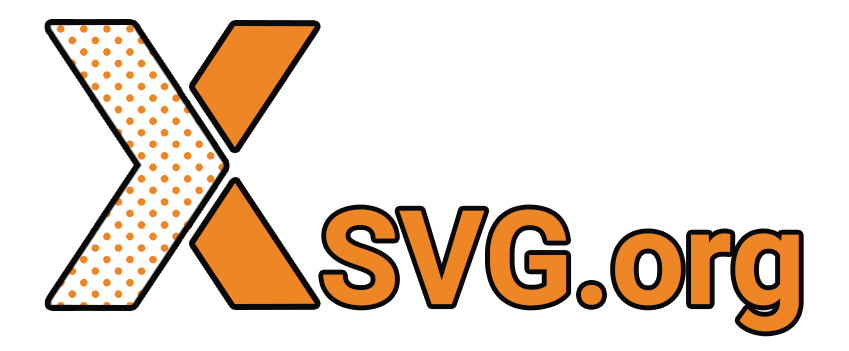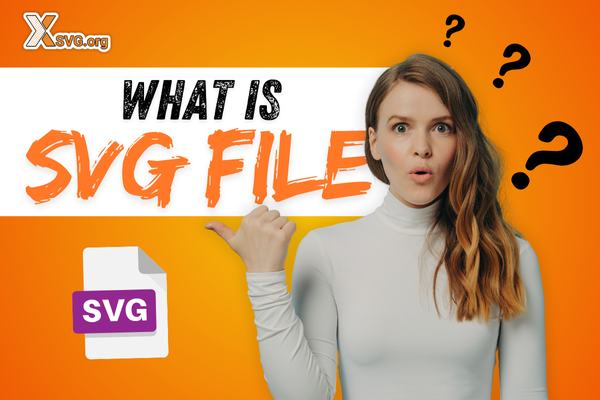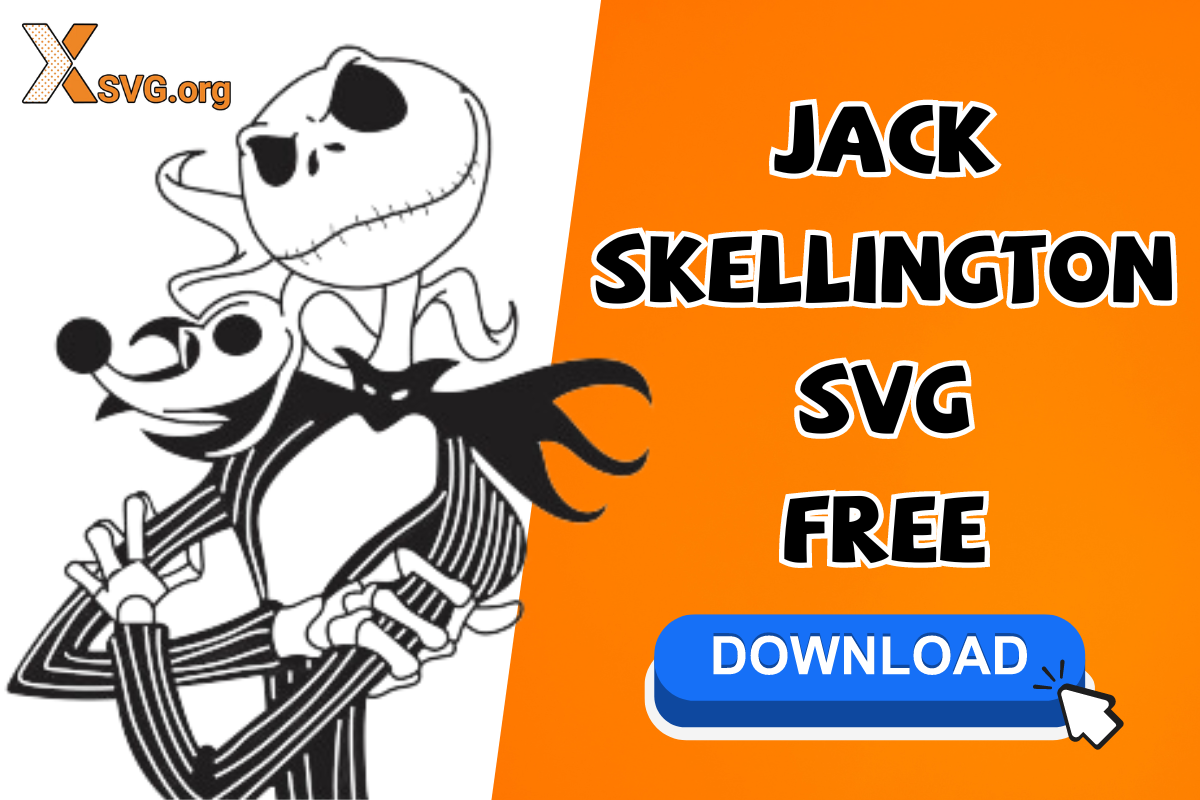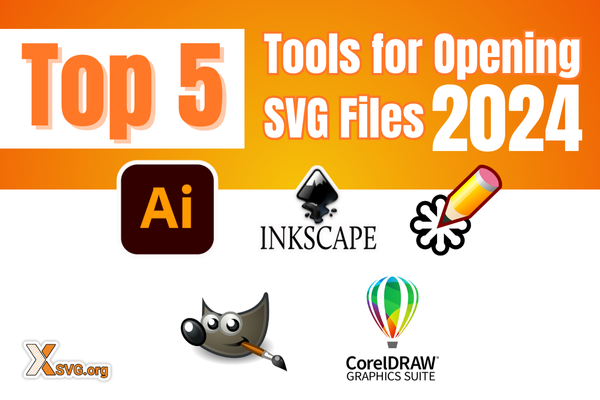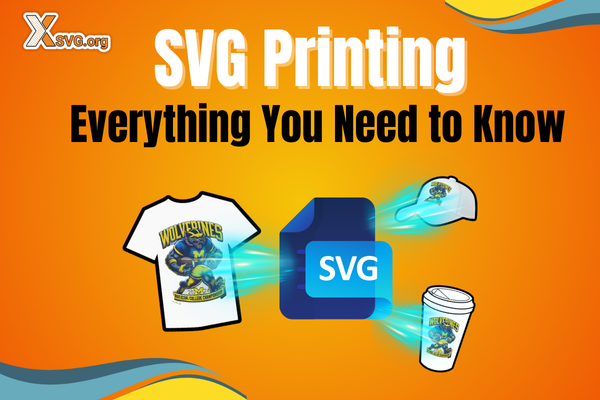Difference between SVG File and JPEG Format
Ever come across file extensions like “.svg” and “.jpg” and wondered which to use? Both are image formats, but they excel in different areas. This guide will help you pick the perfect one for your needs!
SVG: The Stretch Champ
Imagine a logo that looks fantastic on a billboard but shrinks perfectly for your phone case. That's the magic of SVG files! They're built with code, so they can be resized infinitely without losing quality. Think sharp logos, crisp icons, and stunning infographics that adapt to any size.
Bonus Perks of SVGs:
- Animations and Interactions: Want to add some pizazz to your website? SVGs can be animated and even interactive!
- Crystal Clear Text: No more squinting at blurry text on websites. SVGs keep text nice and sharp, even at small sizes.
JPEG: The Compression King
JPEGs are ideal for photos. They use clever tricks to shrink file size without sacrificing too much quality. This makes them perfect for websites where fast loading times are important.
The Key Takeaway:
- Need a sharp, scalable graphic? Go SVG! (logos, icons, illustrations)
- Working with photos? Choose JPEG! (faster loading websites)
Remember, the right tool for the job makes all the difference!
By understanding the strengths and weaknesses of both SVG files and JPEG formats, you can make informed decisions that elevate your visual creations and enhance the user experience. Remember, the key lies in selecting the right tool for the job, whether it's the exceptional scalability of SVG or the efficient compression of JPEG.
